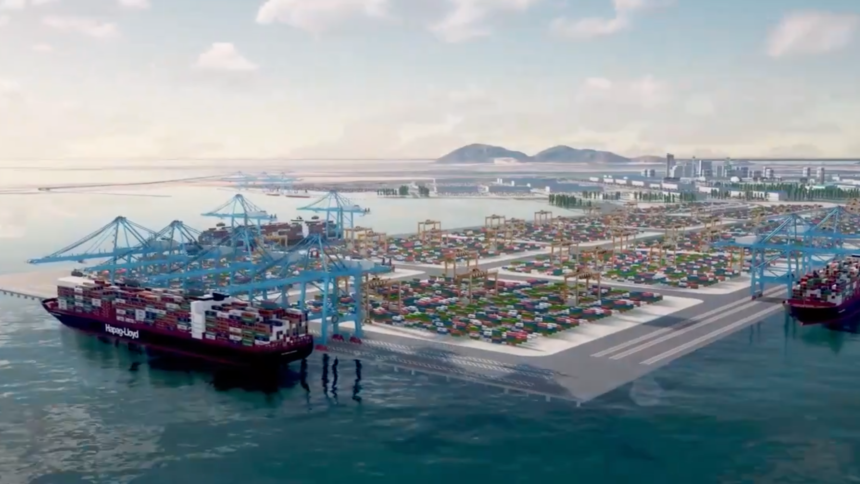India’s ambitious plan to transform the remote Great Nicobar Island into a bustling ‘Hong Kong-like’ economic hub has sparked a heated debate over its environmental, cultural, and humanitarian implications. The $9 billion Great Nicobar Island project, aimed at boosting global trade and countering China’s regional influence, includes a transshipment harbor, power plant, airport, and township. However, local communities and experts warn that this development could devastate the island’s unique ecosystems and indigenous tribes.
The Great Nicobar Island Project: A Vision for Global Trade
Situated near the Strait of Malacca, one of the world’s busiest shipping lanes, Great Nicobar Island’s strategic location has fueled India’s vision to establish a key economic and trade hub. Spanning 166 square kilometers, the Great Nicobar Island project aims to support international trade routes along the Indian Ocean and Suez Canal. Government projections estimate a population influx of 650,000 by the project’s completion in 30 years. This aligns with India’s broader geopolitical strategy to counterbalance China’s growing dominance in the region.
Environmental Costs: A Threat to Biodiversity
The island’s rich biodiversity is under threat. Covering 921 square kilometers, 80% of Great Nicobar is lush rainforest, home to over 1,800 animal species and 800 endemic flora. While officials claim only 130 square kilometers will be cleared, experts warn the ripple effects could be catastrophic. “Infrastructure projects bring pollution and disrupt entire habitats,” says ecologist Madhav Gadgil. Galathea Bay, a critical nesting site for leatherback turtles, along with saltwater crocodiles, corals, and the island’s unique fauna, could face irreversible damage.
Indigenous Tribes: Culture at Risk
The island’s indigenous Shompen tribe, one of the world’s most isolated groups, faces an existential threat. Traditionally nomadic, the Shompen rely on the forest for sustenance and shelter. Anthropologist Anstice Justin warns, “Development threatens their way of life and risks displacing them permanently.” Previous displacements, like the 2004 tsunami’s impact on the Nicobarese tribe, serve as grim reminders. Resettlement efforts often lead to loss of ancestral lands and cultural erosion.
The Great Nicobar Island Project: Health and Humanitarian Concerns
Contact with outsiders poses severe health risks for uncontacted tribes like the Shompen. “Historically, such interactions result in epidemics that wipe out significant portions of indigenous populations,” notes Callum Russell of Survival International. Diseases like flu and measles, to which they lack immunity, could devastate these communities.
Government Assurances and Skepticism
The Indian government asserts that the project incorporates rigorous environmental safeguards and will not displace tribal communities. However, environmentalists and anthropologists remain unconvinced. A collective of 39 international experts has labeled the initiative a potential “death sentence” for the Shompen. “The Shompen do not have the means to survive in an industrialized world,” Justin reiterates.
Conclusion: Balancing Development and Conservation
India’s Great Nicobar project represents an ambitious leap toward economic prominence but raises profound questions about the cost of development. Balancing the need for progress with environmental preservation and cultural respect is imperative. The world will be watching as India navigates this delicate path, ensuring that the voices of the island’s vulnerable communities and ecosystems are not drowned out by the hum of machinery and progress.










